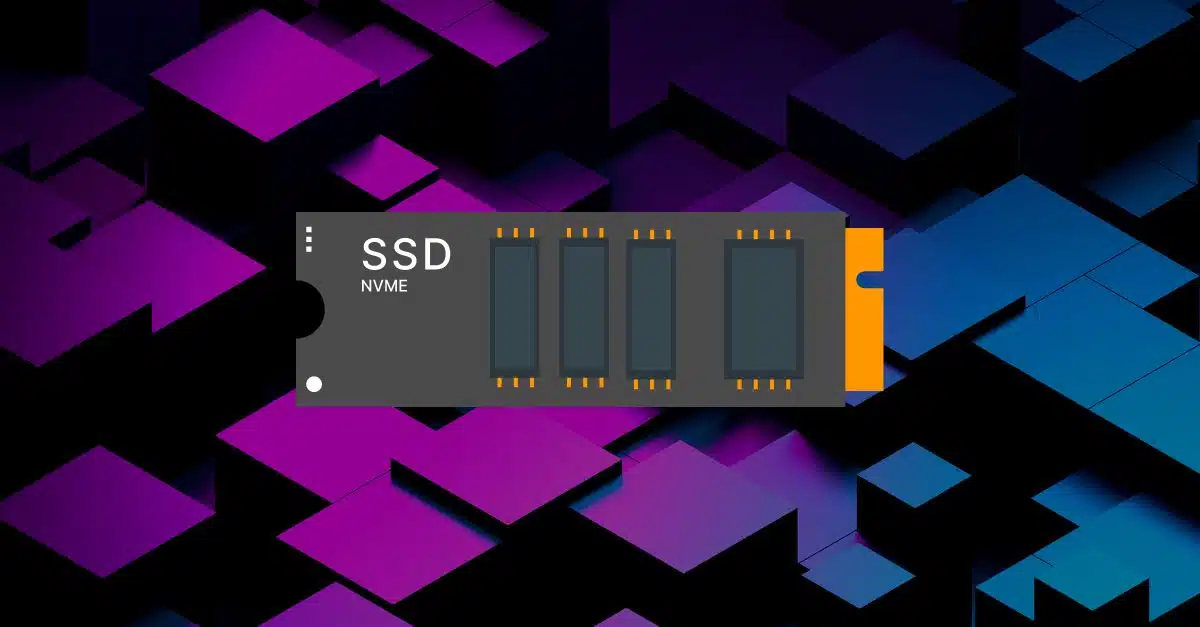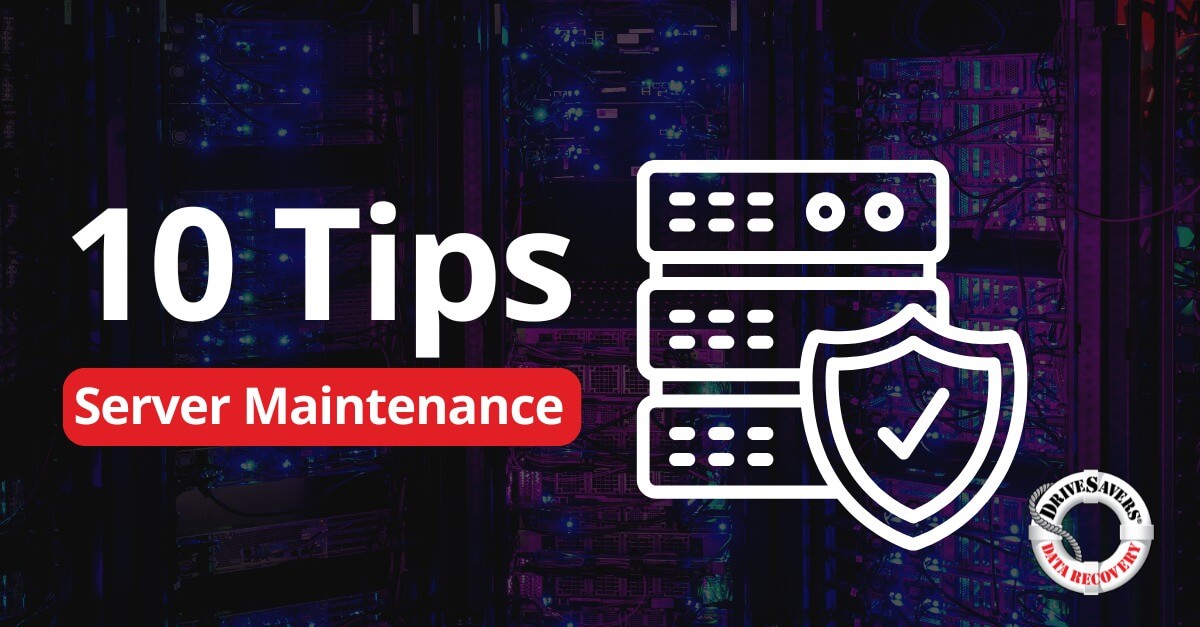Fewer employees working over the holidays means a lighter load on your server system, making…
PCIe 5.0 SSD 101

What is PCIe 5.0 SSD
PCIe (Peripheral Component Interconnect Express) is a high-speed interface standard that is used to connect a wide variety of devices to a computer’s motherboard. The latest version of this standard is PCIe 5.0, which was officially released in 2019.
What Makes PCIe Different from Other SSDs?
One of the most notable improvements in PCIe 5.0 is the increase in data transfer rate, which is now 64 Gb/s, double the rate of PCIe 4.0 (32 Gb/s) and quadruple the rate of PCIe 3.0 (16 Gb/s). This has a significant impact on the performance of devices that use the PCIe interface, particularly solid-state drives (SSDs). PCIe 6.0 is right around the corner, and will boast speeds of 121 GB/s!
Without moving parts, SSDs are faster and more reliable than traditional hard disk drives (HDDs). However, the speed of an SSD is also determined by the interface it uses to connect to the motherboard. A PCIe 5.0 SSD can take advantage of the increased data transfer rate to deliver faster performance compared to an SSD that uses an older version of the PCIe interface.

Advantages of Faster Data Transfer
The main benefit of a faster data transfer rate is that it allows an SSD to read and write data more quickly. This can result in faster boot times, quicker application launches, and overall improved system performance. For example, a PCIe 5.0 SSD can transfer a large file in a fraction of the time it would take an SSD that uses an older version of the PCIe interface. This can be especially beneficial for users who frequently work with large files such as videos, images, and 3D models.
Another benefit of a faster data transfer rate is that it allows an SSD to handle more IOPS (input/output operations per second). This can be beneficial for users who frequently perform tasks that involve a lot of small file operations, such as database queries or rendering tasks. The increased IOPS also allows the SSD to handle more workloads in parallel, which can further improve system performance.
What kind of storage capacities do they hold?
PCIe 5.0 SSDs have a wide range of storage capacities, from a few gigabytes to multiple terabytes. The specific storage capacity of a PCIe 5.0 SSD will depend on the manufacturer and model. Some common storage capacities for PCIe 5.0 SSDs include:
- 500GB
- 1TB
- 2TB
- 4TB
- 8TB
- 16TB
It is also worth noting that the storage capacity of an SSD does not necessarily reflect its performance capabilities. Other factors such as the controller, NAND flash memory, and the interface protocol also play a role in determining the overall performance of an SSD.
Manufacturers recently started to release PCIe 5.0 SSDs with capacity up to 30TB. We can expect to see even larger capacity drives as time goes on.
Is PCIe 5.0 More Environmentally-Friendly?
The PCIe 5.0 SSD’s faster data transfer reduces idle time, resulting in improved power efficiency and lower power consumption compared to older interfaces. This can be especially beneficial for devices that use a lot of power, such as high-end graphics cards or multiple NVMe SSDs in a RAID configuration; however, these benefits have little impact on a single device’s overall carbon footprint.
Considerations
It’s important to note that just having a PCIe 5.0 SSD doesn’t guarantee that it will run at the full speed of 64 Gb/s. The performance of the SSD also depends on the other components in the system, such as the CPU and the motherboard. Therefore, in order to fully take advantage of the benefits of a PCIe 5.0 SSD, the system must also support the PCIe 5.0 standard.
How is Data Recovery Different for PCIe 5.0 SSD
If you suspect that your SSD has failed or is not functioning properly, it is important to take action as soon as possible to minimize the risk of data loss.
It’s important to note that data recovery for any SSD can be a complex process, requiring the right tools and techniques.
Data recovery for PCIe 5.0 SSDs is similar to data recovery for other types of SSDs, but there are some differences to keep in mind. One of the main differences is that PCIe 5.0 SSDs use a different controller and interface than older versions of SSDs, so if there is physical damage, data recovery will require highly specialized equipment and microsoldering expertise.
Needless to say, regular backups can help prevent data loss in the event of an SSD failure. It is always recommended to have multiple copies of important data stored in different locations, such as an external hard drive or a cloud-based storage service.
Maintaining Your PCIe 5.0 SSD for Optimal Performance and Lifetime Usage
Here are eight tips to help maintain your PCIe 5.0 SSD:
- Keep your SSD firmware up to date: Manufacturers frequently release firmware updates to improve the performance and stability of their SSDs. Make sure to check for and install any available updates.
- Keep the SSD cool: SSDs are sensitive to temperature, so it’s important to keep them cool to prevent overheating. Make sure to place your SSD in a well-ventilated area, and consider using a cooling pad or heatsink if your computer runs hot. Be sure to follow manufacturer guidelines for recommended cooling.
- Limit the amount of writes to the SSD: SSDs have a limited number of writes before they reach the end of their lifespan. To prolong the life of your SSD, avoid writing large amounts of data to it frequently.
- Be sure to purchase the best SSD to fit how you intend to use it. For example, some are meant for speed while others are meant for higher durability. There are also SSDs meant for enterprise, prosumer, or consumer. Using the device that is most appropriate to your needs will help improve performance and prolong the device’s life. Do plenty of research or consult with an IT professional.
- Use TRIM command: TRIM is a command that allows the operating system to inform the SSD which blocks of data are no longer in use and can be safely erased. This can help improve SSD performance and prolong its lifespan.
- Do not defragment your SSD: SSDs do not require defragmentation like traditional hard drives, as it does not improve their performance. In fact, defragmenting an SSD can reduce its lifespan.
- Regularly check the health status: Use software tools provided by the manufacturer or third-party software to check the health of your SSD. This will allow you to monitor the drive’s performance and detect any potential issues before they become a problem.
- Keep a backup of your data: As with any storage device, it is important to keep a backup of your important data to protect against data loss in case of hardware failure or other issues.
Following these tips can help prolong the life and performance of your PCIe 5.0 SSD. Remember, however, that SSDs have a limited lifespan, and it’s important to plan for regular replacement in the long run, especially if the SSD is used frequently and for important data.
Conclusion: PCIe 5.0 is a Significant Improvement
The PCIe 5.0 standard is a significant improvement over previous versions, and it has a direct impact on the performance of devices that use the PCIe interface. A PCIe 5.0 SSD is capable of delivering faster performance compared to an SSD that uses an older version of the PCIe interface, thanks to its increased data transfer rate of 64 Gb/s. This can result in faster boot times, quicker application launches, and overall improved system performance.
Additionally, the increased power efficiency and higher maximum payload size offered by PCIe 5.0 can also provide additional benefits for large capacity devices like RAID systems.
Data recovery for a PCIe 5.0 SSD is similar to data recovery for other types of SSDs, but it requires highly specialized equipment and techniques, especially in the case of physical damage. It is recommended to contact the manufacturer or a professional data recovery service for assistance. As with all data storage devices, having regular backups of important data can help prevent data loss in the event of an SSD failure.




